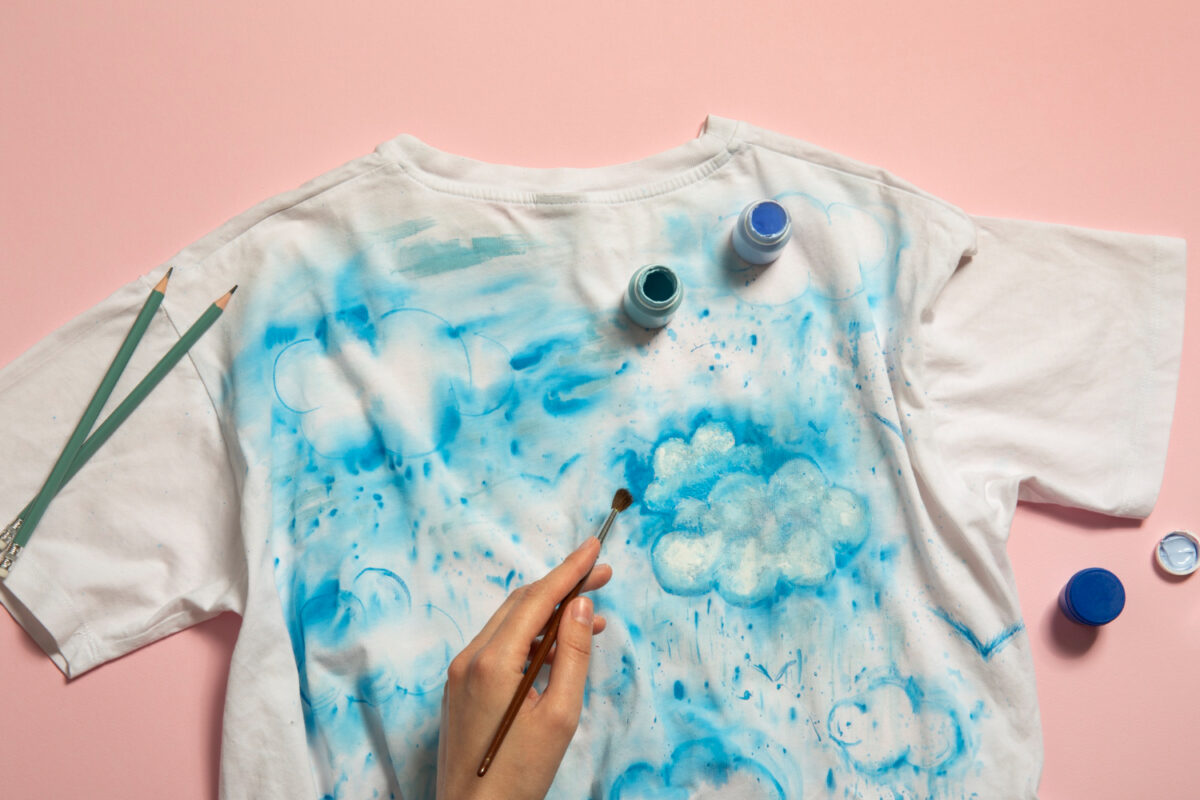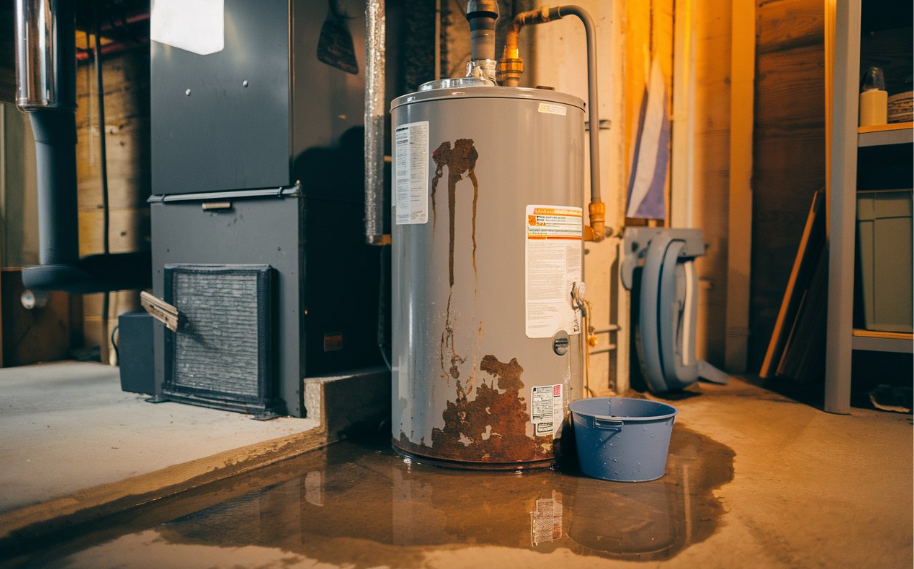Gel stain is a popular choice among DIY enthusiasts and professionals alike for its ease of use and ability to provide a rich, even finish on wood surfaces. Understanding the drying time of gel stains is crucial for achieving the best results in your projects. This article delves into the various factors that influence the drying time of gel stains, providing a comprehensive guide to help you plan and execute your staining projects effectively.
What is Gel Stain?
Gel stain is a type of wood stain thicker than traditional liquid stains. Its consistency allows it to sit on the surface of the wood rather than soaking in, providing a more uniform color and reducing blotchiness. This makes it an excellent choice for woods that are prone to uneven staining, such as pine and cherry. Gel stain is available in both oil-based and water-based formulations, each with its drying characteristics.
Factors Affecting Gel Stain Drying Time
Type of Gel Stain
The type of gel stain you use significantly impacts the drying time. Oil-based gel stains typically take longer to dry compared to water-based ones.
Environmental Conditions
Temperature and humidity play a crucial role in the drying process. Ideal conditions for drying gel stains are temperatures between 60°F and 80°F and humidity levels below 70%. Higher humidity and lower temperatures can extend the drying time significantly.
Application Thickness
The thickness of the gel stain application also affects drying time. A thicker coat will naturally take longer to dry than a thinner one. It is advisable to apply gel stain in thin, even layers to promote faster and more uniform drying.
Surface Preparation
Proper surface preparation is essential for optimal drying. Sanding the wood to a smooth finish and removing any dust or debris ensures that the gel stain adheres properly and dries evenly. Failure to prepare the surface adequately can result in prolonged drying times and uneven finishes.
Drying Times for Different Gel Stains
Oil-Based Gel Stains
Oil-based gel stains are known for their durability and rich color. However, they require a longer drying time. Under ideal conditions, oil-based gel stains can dry within 12 to 24 hours.
Water-Based Gel Stains
Water-based gel stains dry much faster than their oil-based counterparts. These stains can dry in as little as 2 to 3 hours, making them a convenient option for quick projects.
Tips for Faster Drying
Control the Environment
Maintaining optimal temperature and humidity levels can significantly reduce drying time. Using a dehumidifier in humid conditions or a space heater in cooler environments can help create the ideal conditions for drying gel stains.
Use Fans
Circulating air with fans can help speed up the drying process. Positioning fans to blow across the stained surface can promote faster evaporation of solvents, leading to quicker drying times.
Apply Thin Coats
Applying gel stain in thin, even coats not only ensures a more uniform finish but also reduces drying time. Multiple thin coats are preferable to one thick coat, as they dry faster and are less likely to become tacky.
Common Drying Issues and Solutions
Tackiness
If the gel stain remains tacky after the recommended drying time, it may be due to high humidity, low temperatures, or overly thick application. Increasing ventilation, adjusting the temperature, and applying thinner coats can help resolve this issue.
Uneven Drying
Uneven drying can result from improper surface preparation or inconsistent application. Sanding the surface thoroughly and applying the stain evenly can prevent this problem. If uneven drying occurs, lightly sanding the affected areas and reapplying a thin coat of stain can help achieve a uniform finish.
Maintaining the Finish
Sealing the Stain
Once the gel stain has dried completely, applying a clear topcoat can protect the finish and enhance its durability. Polyurethane or varnish are popular choices for sealing gel-stained surfaces. Allow the stain to dry for at least 24 hours before applying the topcoat to ensure proper adhesion.
Regular Maintenance
Regular cleaning and maintenance can prolong the life of the gel-stained finish. Dusting the surface regularly and using a damp cloth for cleaning can keep the finish looking fresh. Avoid using harsh chemicals or abrasive cleaners, as they can damage the stain and topcoat.
Conclusion
Understanding the drying time of gel stains is essential for achieving the best results in your staining projects. By considering factors such as the type of stain, environmental conditions, application thickness, and surface preparation, you can ensure a smooth and efficient drying process. With proper care and maintenance, gel-stained surfaces can provide a beautiful and durable finish that enhances the natural beauty of wood.
FAQs
How long does it take for gel stain to dry?
The drying time for gel stain varies depending on the type of stain and environmental conditions. Oil-based gel stains typically take 12 to 24 hours to dry, while water-based gel stains can dry in 2 to 3 hours.
Can I speed up the drying time of the gel stain?
Yes, you can speed up the drying time by maintaining optimal temperature and humidity levels, using fans to circulate air, and applying thin, even coats of stain.
Why is my gel stain still tacky after 24 hours?
Tackiness can result from high humidity, low temperatures, or overly thick application. Increasing ventilation, adjusting the temperature, and applying thinner coats can help resolve this issue.
Do I need to seal the gel stain?
Sealing gel stains with a clear topcoat, such as polyurethane or varnish, can protect the finish and enhance its durability. Allow the stain to dry for at least 24 hours before applying the topcoat.
How can I maintain the finish of gel-stained surfaces?
Regular cleaning and maintenance can prolong the life of the gel-stained finish. Dust the surface regularly and use a damp cloth for cleaning. Avoid harsh chemicals or abrasive cleaners that can damage the stain and topcoat.





